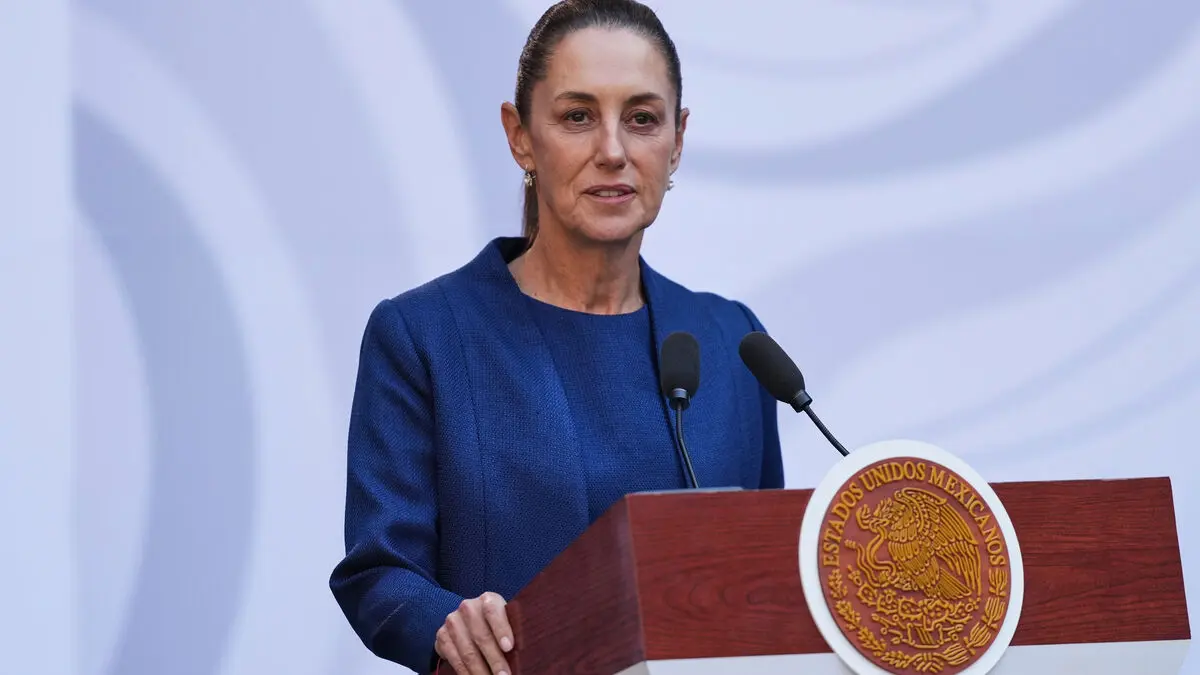Interest rates for households and companies have begun to fall, and inflation is below target – which boosts real wages. But household consumption is weak.
High prices, high interest rates
According to Ylva Hedén Westerdahl, this clearly shows that the unusually large price increases in 2022-2023 are still draining the purchasing power of Swedish households.
Households are holding back their consumption. We also have weak growth in the world around us, so we don't get much support from there, she says.
It's the high prices that are eroding wage increases. Then there are also high interest rates, even if interest rates have come down a bit, she adds.
She also reminds us that inflation below target does not mean price reductions. Prices that skyrocketed last year are still rising, just not as much. And when it comes to interest rates, KI's calculations show that households' interest rate costs have doubled as a percentage of disposable income, from around 4 to 8 percent.
The Swedish Central Bank's third interest rate cut on Wednesday should have been twice as large considering the state of the Swedish economy, according to Hedén Westerdahl.
We are in a low-growth economy. It will last longer than we thought. Inflation has come down and unemployment is rising. We therefore think there is room to cut interest rates a bit faster than they do, maybe 50 points (0.50 percentage points) each time, she says.
Rapid cuts here and now
KI's new forecast points to the Swedish Central Bank continuing to cut step by step down to a policy rate of 1.75 percent by the summer of 2025 – which is a lower terminal rate than the Swedish Central Bank has. But the caution is not justified, according to Hedén Westerdahl.
Rapid interest rate cuts here and now are justified, she says.
Monetary policy works with a delay, of about one or one and a half years. We now see that the low-growth economy is lingering until the end of 2026. If you want to change that, you need to cut here and now – otherwise, the changes will only come in 2027, and then the utilization of resources will already be in balance.






